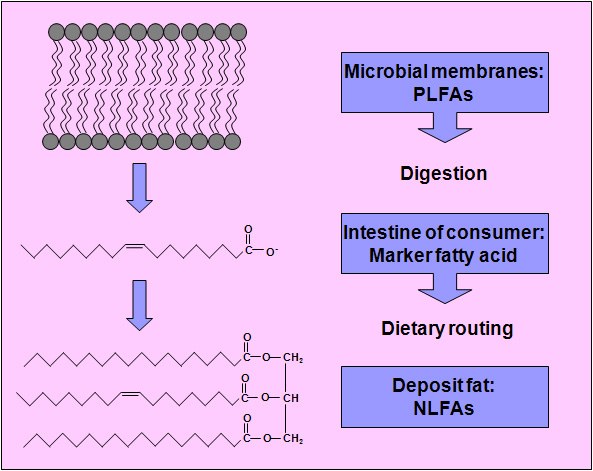RESEARCH
Our field of interest
Soil represents one of the last great frontiers in biological and ecological research. Our work aims to understand the fundamental principles and processes in these ecosystems. Thereby the focus is on soil animals, in particular nematodes. Further, modern biochemical tools, such as lipid and stable isotope analysis, enable studies at high resolution scale and great sensitivity. They allow new insight into the cryptic habitat soil.
Nematology
Nematodes are a diverse group of roundworms that occurs worldwide in virtually every environment. They are ubiquitous inhabitants of soil, freshwater, sea, plants and animals. Numerically, between 80 and 90% of all multicellular animals on earth are nematodes, and they are third only to insects and molluscs in the number of species in the animal kingdom. However, only about 3 percent of all nematode species have been studied yet and especially the knowledge on free-living soil nematodes is very limited.
We apply nematode community structure as valuable tool to assess soil quality. They are useful indicators for environmental perturbations such as acidification in temperate forests or simulated climate change in subarctic ecosystems. Our major research focus comprises:
- bioindication, biodiversity
- trophic relationships between microbes and nematode grazers
- below-/aboveground interactions and plant performance
Biochemical soil ecology
Trophic interactions in cryptic belowground systems are difficult to assess, either experimentally or by direct observation. In our group we use lipid analysis to determine feeding strategies in the soil micro- and mesofauna. Fatty acids (FAs) from the diet can be incorporated without any change into consumer tissue; a process termed dietary routing. Thereby, the trophic transfer of FAs occurs preferentially into the neutral lipid fraction (NLFAs) of consumers. This can be used to link the microbial and faunal food web:

Distinct differences in lipid patterns of consumers result from the precursor FAs supplied by the diet organism. We have defined specific FAs, which can serve as biochemical marker molecules to assign feeding groups. Due to relative simplicity of chemical analysis and the widely available equipment, lipid profiling provides a high potential for food-web studies below ground. The resolution of this method can be increased by compound specific analysis of 13C/12C ratios in FA biomarkers to assess the carbon flux in soil food chains.
